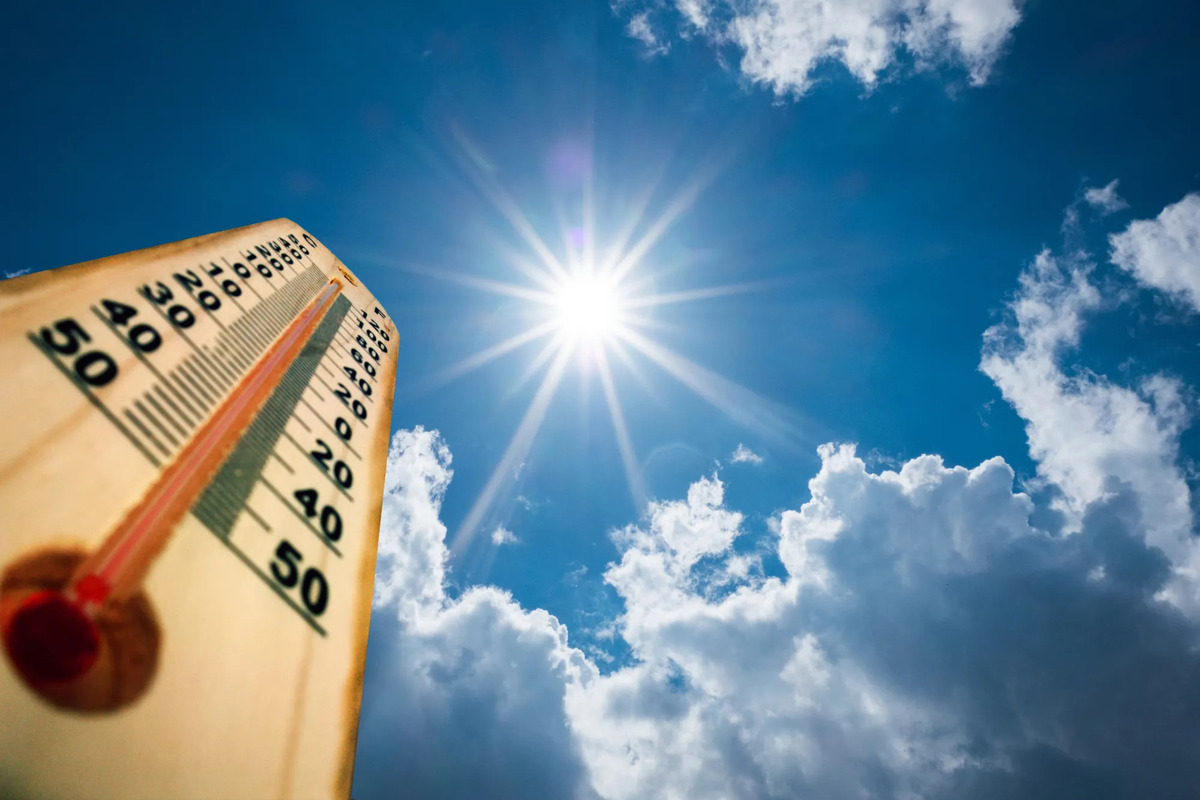Home>Weather and Climate>How Wet Bulb Temperature Affects Weather Predictions


Weather and Climate
How Wet Bulb Temperature Affects Weather Predictions
Published: July 13, 2024
Discover the importance of wet bulb temperature in understanding weather and climate. Explore its significance in meteorology and climate science.
(Many of the links in this article redirect to a specific reviewed product. Your purchase of these products through affiliate links helps to generate commission for Temperatures.com, at no extra cost. Learn more)
So, let's talk about ##wet bulb temperature##. Sounds a bit odd, right? Like something a meteorologist might geek out over while everyone else nods off. But stick with me, because understanding this concept is like unlocking a secret level in the game of comprehending weather patterns.
Imagine you're sweating on a hot day. That sweat evaporates, cooling you down. Now, if the air's already full of moisture, your sweat won't evaporate as much. You feel hotter as a result. That's where wet bulb temperature comes into play. It's a measure of how effectively moisture can evaporate into the air, combining temperature and humidity into a single number. When this number hits a certain threshold, it's not just uncomfortable; it can be downright dangerous, signaling conditions where the human body struggles to cool itself through sweating.
Meteorologists use this measure to predict heat stress in humans during sweltering conditions. For places around the globe warming up due to climate change, keeping an eye on wet bulb temperatures is crucial. It helps in preparing for and mitigating the impacts of extreme heatwaves, ensuring we're not caught off guard. So, while it might sound like a niche term, its implications on health and safety are huge.
















